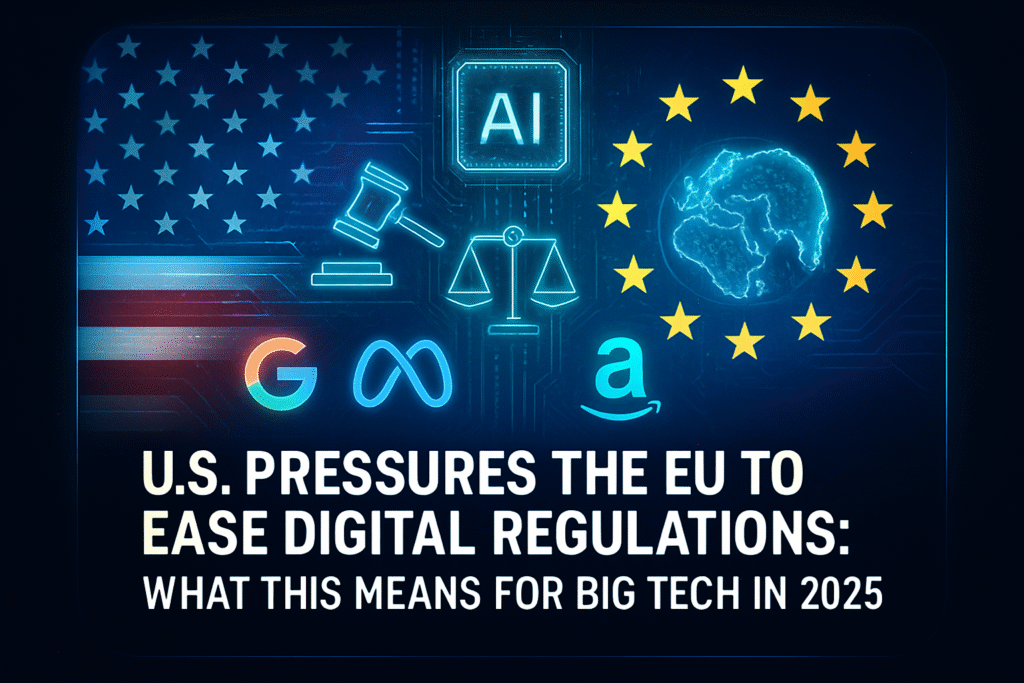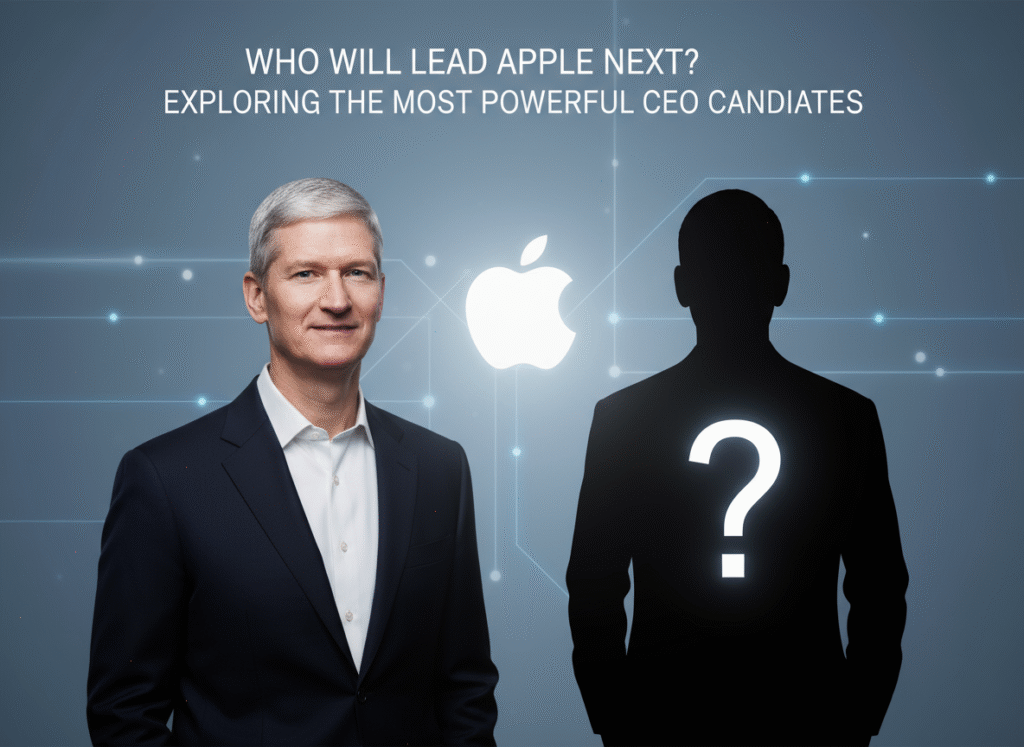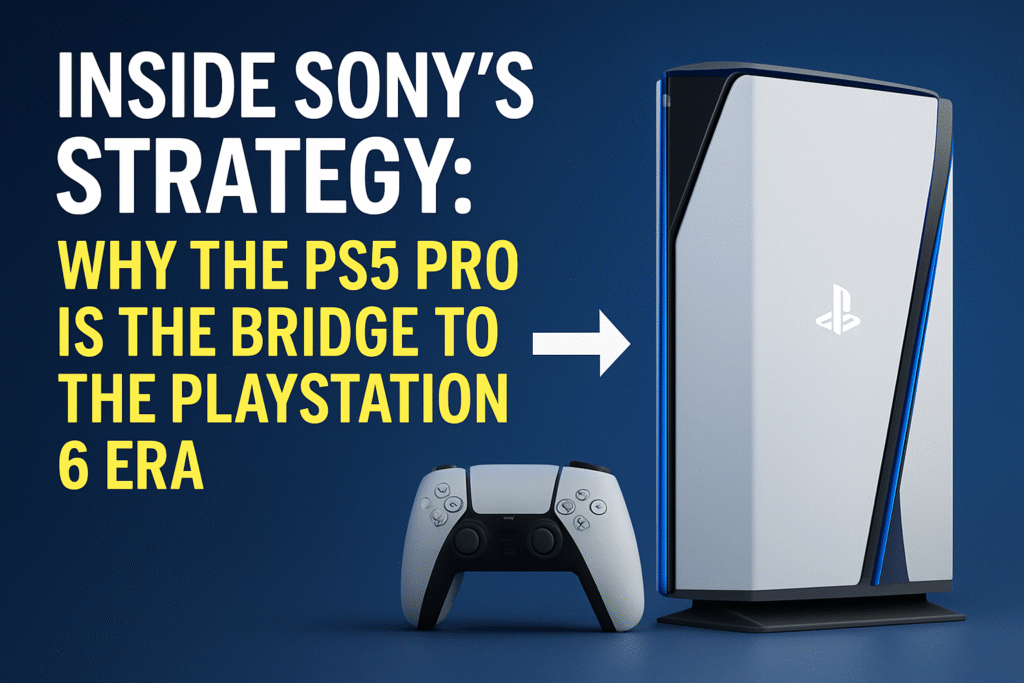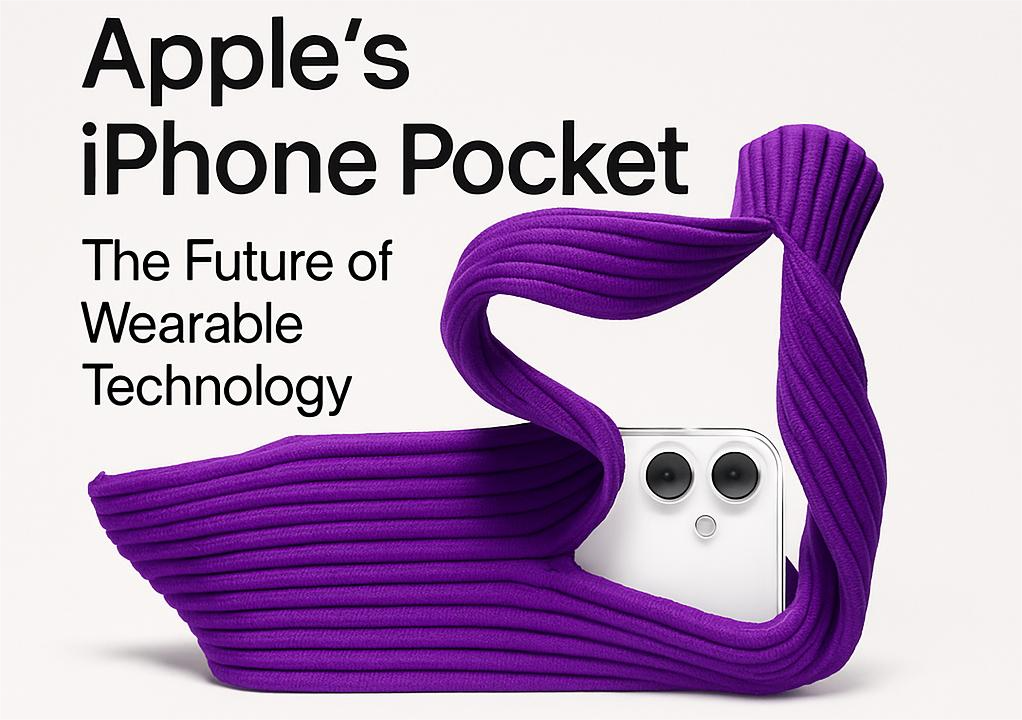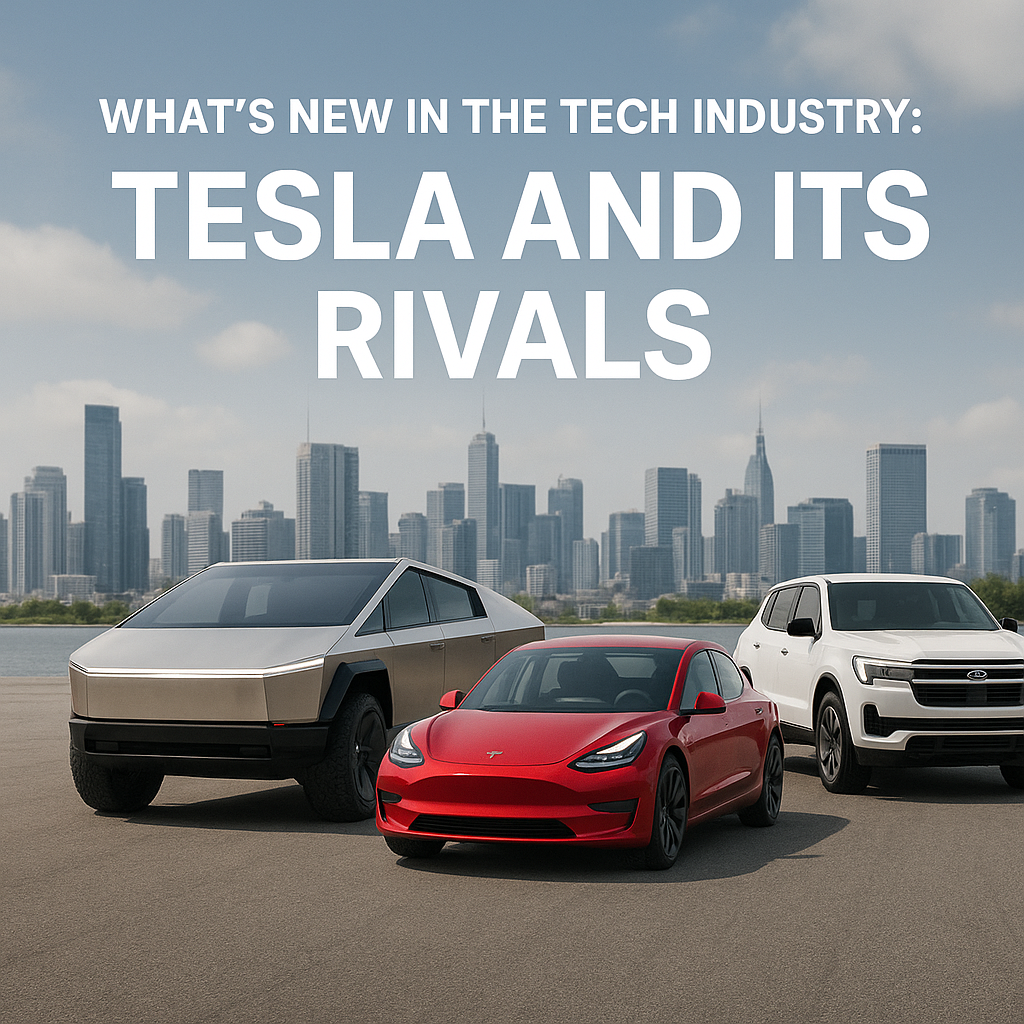
The tech and automotive industries continue to evolve rapidly in 2025, with electric vehicles (EVs) and autonomous driving leading the innovation charge. At the center of this movement is Tesla, a longtime industry disruptor, now facing fierce competition from both legacy automakers and emerging tech-driven startups. This article explores the latest developments surrounding Tesla and its rivals, offering insights into where the EV industry is heading next.
Tesla’s 2025 Highlights
1. Cybertruck Global Launch and Market Expansion
After multiple delays, Tesla finally launched the Cybertruck globally in Q2 2025. The futuristic EV pickup, featuring a new energy-dense battery pack and improved self-driving capabilities, is now available in over 30 countries. Early sales data shows strong performance in North America and growing interest in Europe and Asia.
2. Full Self-Driving (FSD) V12 Goes Public
Tesla’s long-anticipated FSD version 12 is now live for customers who opted into the beta program. Leveraging end-to-end neural networks, the update represents the company’s most advanced attempt at autonomous driving to date. While regulators remain cautious, Tesla claims the system has already reduced driver interventions by 45%.
3. New Tesla Model 2 Announcement
Tesla unveiled plans for the Model 2, a compact EV designed to be affordable for the mass market. Starting at under $25,000, the vehicle is expected to launch in late 2025, with production centered in Tesla’s Giga Mexico facility.
Rivals Making Big Moves
1. BYD: The Global Threat
Chinese automaker BYD is now Tesla’s top EV rival in global sales. The company recently introduced a new line of affordable EVs under the “Seal” brand, with advanced battery tech and competitive pricing. BYD’s focus on scaling manufacturing has allowed it to dominate in Asia, Latin America, and select European markets.
2. Rivian and Lucid: Innovation Over Volume
U.S.-based startups Rivian and Lucid Motors continue to differentiate themselves with premium builds and high-end features. Rivian recently launched the R2 SUV, designed for mid-size SUV buyers looking for off-road capability and luxury. Lucid, meanwhile, expanded its Air lineup with the Lucid Air Light, aiming to attract Model S buyers.
3. Volkswagen and Ford: Scaling Fast
Traditional carmakers are accelerating their EV transition:
- Volkswagen has committed over $180 billion in electrification, unveiling its Trinity platform and expanding EV production in Europe and the U.S.
- Ford launched the F-150 Lightning 2025 edition, boasting longer range and upgraded software integration through a partnership with Google Cloud.
Autonomous Driving Race Heats Up
Beyond vehicle hardware, the software side of the EV industry is where the battle is intensifying. While Tesla leads in real-world data collection, competitors like Waymo, Cruise (GM), and Apple’s Project Titan are aggressively developing Level 4 autonomy solutions. This year, Cruise expanded its robotaxi service to over 15 cities, while Waymo’s vehicles now offer completely driverless rides in select U.S. regions.
Sustainability and Battery Tech
A major focus across the industry is battery innovation and sustainability:
- Tesla is ramping up 4680 battery cell production.
- Solid-state batteries from Toyota and QuantumScape are nearing commercial readiness.
- Rivian announced its first carbon-negative factory, aiming for net-zero production by 2030.
These innovations are reshaping how EVs are manufactured, charged, and integrated into the energy grid.
Conclusion
The EV landscape in 2025 is more competitive than ever, with Tesla continuing to lead through innovation, scale, and brand power. However, its rivals are closing in fast — offering more affordable, diverse, and technologically advanced options. As the lines between automotive, software, and clean energy blur, consumers stand to benefit from an exciting new era of transportation.
